Bird migration is one of the most fascinating natural events on Earth. Every year, millions of birds travel thousands of kilometers between their breeding and wintering grounds. These journeys cross continents, oceans, and many countries. Along the way, birds rely on special places called migratory bird refuges. These refuges provide safe habitats where birds can rest, feed, and regain strength for the next part of their journey.
What Is a Migratory Bird Refuge?
A migratory bird refuge is a protected area that provides essential habitat for birds during their seasonal migrations. These areas can be wetlands, forests, grasslands, or coastal zones. Refuges are managed to ensure birds have access to food, water, and shelter. Many refuges also support other wildlife and offer opportunities for people to enjoy nature.
Migratory bird refuges are important for several reasons:
- Conservation: They help protect endangered and threatened bird species.
- Rest and Recovery: Birds use these areas to rest and feed during long journeys.
- Breeding and Nesting: Some refuges are key breeding sites for certain species.
- Education and Research: Refuges provide opportunities for scientists and the public to learn about birds and their habitats.
In this article, we will explore 17 of the most popular migratory bird refuges around the world. These sites are havens not only for birds, but also for birdwatchers and nature lovers. We will examine their locations, habitat, key species, and the unique features of each refuge.
1. Point Pelee National Park
Location: Ontario, Canada
Habitat: Forest, wetland, and sandy beach
Key Species: Warblers, thrushes, vireos, flycatchers, hawks
Details:
Point Pelee is one of North America’s top birdwatching destinations, especially during spring and fall migrations. Located at the southernmost tip of mainland Canada, the park acts as a critical stopover for thousands of migratory songbirds crossing Lake Erie. Its combination of diverse habitats—swamps, marshes, and Carolinian forest—supports over 390 bird species. It’s a designated Important Bird Area (IBA) and attracts birders from around the world.
2. Bharatpur Bird Sanctuary (Keoladeo Ghana National Park)
Location: Rajasthan, India
Habitat: Wetlands, grasslands, woodland
Key Species: Sarus crane, bar-headed goose, painted stork, Siberian crane (historic)
Details:
A UNESCO World Heritage Site, Bharatpur Bird Sanctuary is one of the most famous bird sanctuaries in Asia. Originally a royal duck-hunting reserve, it was transformed into a protected sanctuary. Over 370 species have been recorded, including many migratory waterfowl that arrive in winter from Central Asia and Siberia. The shallow wetlands offer ideal breeding and feeding grounds.
3. George C. Reifel Migratory Bird Sanctuary
Location: British Columbia, Canada
Habitat: Coastal wetlands, marshes, and dikes
Key Species: Snow geese, sandhill cranes, mallards, northern pintails
Details:
Located near Vancouver, this sanctuary covers over 300 hectares and lies along the Pacific Flyway. It is a vital resting and feeding area for thousands of migratory birds. Snow geese arrive in large flocks in fall, and many waterfowl and shorebirds stop here during their long migrations. It is also home to several species year-round and offers excellent opportunities for public birdwatching and education.
4. Doñana National Park
Location: Andalusia, Spain
Habitat: Marshes, lagoons, dunes, scrubland
Key Species: Greater flamingo, glossy ibis, Eurasian spoonbill, marbled teal
Details:
Doñana is one of Europe’s most important wetland reserves and a haven for migratory birds between Europe and Africa. The marshes flood seasonally, attracting hundreds of thousands of birds. More than 300 species have been recorded, and it’s a critical wintering and stopover site. It is recognized as a UNESCO World Heritage Site and Ramsar Wetland of International Importance.
5. Horicon Marsh
Location: Wisconsin, United States
Habitat: Freshwater marsh, prairie, and forest
Key Species: Canada geese, herons, red-winged blackbirds, egrets
Details:
Horicon Marsh is the largest freshwater cattail marsh in the U.S., covering over 33,000 acres. It’s split between a National Wildlife Refuge (managed by the U.S. Fish and Wildlife Service) and a State Wildlife Area. The marsh serves as a major migratory stopover for waterfowl, particularly Canada geese. Birdwatchers can access walking trails, boardwalks, and boat tours.
6. Bosque del Apache National Wildlife Refuge
Location: New Mexico, United States
Habitat: Desert, wetlands, riparian zones
Key Species: Sandhill cranes, snow geese, Ross’s geese, bald eagles
Details:
Bosque del Apache is famous for the spectacular winter arrival of tens of thousands of sandhill cranes and snow geese. Located along the Rio Grande, it is a critical oasis in an otherwise arid landscape. Managed water impoundments create lush feeding areas, and the refuge is a prime location for wildlife photography and birding during the Festival of the Cranes in November.
7. Bill Jarvis Migratory Bird Sanctuary
Location: Toronto, Ontario, Canada
Habitat: Urban wetland, parkland
Key Species: Wood ducks, red-winged blackbirds, warblers, mallards
Details:
A small but significant urban bird sanctuary located within Toronto’s Tommy Thompson Park area. It provides a rare wetland habitat in the middle of a major city, offering a stopover and nesting area for migratory birds during spring and fall migrations. The sanctuary supports local conservation efforts and public education on urban biodiversity.
8. Esquimalt Lagoon Migratory Bird Sanctuary
Location: Vancouver Island, British Columbia, Canada
Habitat: Lagoon, beach, tidal estuary
Key Species: Brant geese, great blue herons, shorebirds, ducks
Details:
Designated in 1931, it is one of the oldest Migratory Bird Sanctuaries in Canada. Located near Victoria, Esquimalt Lagoon is a tidal estuary bordered by ocean beaches and salt marshes. It’s especially important during spring and fall migrations and is a refuge for waterfowl, gulls, and shorebirds. Its accessibility and scenic location also make it a popular spot for birdwatchers and photographers.
9. Queen Maud Gulf Migratory Bird Sanctuary
Location: Nunavut, Canada (Arctic)
Habitat: Arctic tundra, wetland
Key Species: Snow geese, brant geese, king eider, tundraswan
Details:
This is the largest federally protected bird sanctuary in North America, covering over 60,000 km². It is a crucial breeding ground for millions of migratory birds, especially waterfowl. Located in the high Arctic, it has minimal human disturbance and provides pristine breeding habitat. Queen Maud Gulf is recognized under the Ramsar Convention as a wetland of international importance.
10. Lake Nakuru National Park
Location: Rift Valley, Kenya
Habitat: Alkaline lake, savannah, woodland
Key Species: Lesser flamingos, greater flamingos, pelicans, African fish eagles
Details:
Lake Nakuru is globally recognized for its vast flocks of flamingos that feed on the lake’s abundant algae. The alkaline waters also support pelicans and numerous waterfowl, while the surrounding savannah and forest shelter terrestrial birds and mammals. This park plays a key role in the East African migratory route and has been a Ramsar Wetland of International Importance since 1990.
11. Everglades National Park
Location: Florida, United States
Habitat: Freshwater sloughs, mangroves, coastal prairies
Key Species: Wood storks, roseate spoonbills, herons, egrets
Details:
A UNESCO World Heritage Site, the Everglades provide critical wintering habitat for a wide array of migratory birds. With its slow-moving water and rich diversity of wetland habitats, the park supports thousands of wading birds during the dry season. The Everglades also lie along the Atlantic Flyway, attracting both neotropical and temperate migratory species.
12. Santa Ana National Wildlife Refuge
Location: Texas, United States
Habitat: Riparian forest, wetlands, scrub
Key Species: Green jays, Altamira orioles, warblers, hawks
Details:
Located along the Rio Grande, this 2,088-acre refuge is known as the “jewel of the National Wildlife Refuge System” for its high bird diversity. It lies at the convergence of two major flyways, making it a hotspot for bird migration. Santa Ana’s unique position on the U.S.-Mexico border brings together Central American and North American species.
13. Jamaica Bay Wildlife Refuge
Location: New York City, New York, United States
Habitat: Salt marsh, brackish ponds, dunes
Key Species: Oystercatchers, snowy egrets, waterfowl, warblers
Details:
Part of the Gateway National Recreation Area, this refuge offers critical stopover habitat along the Atlantic Flyway in the heart of New York City. Its protected salt marshes and ponds attract over 330 bird species annually. It is especially valuable during spring and fall migrations, supporting shorebirds and waterfowl in an otherwise urban setting.
14. Chincoteague National Wildlife Refuge
Location: Virginia and Maryland, United States
Habitat: Beach, dunes, maritime forest, marsh
Key Species: Snow geese, piping plovers, egrets, ducks
Details:
Located on the Atlantic coast, Chincoteague is a major stopover for migrating birds and hosts tens of thousands of snow geese each winter. It includes Assateague Island, known for its wild ponies, and diverse habitats that support breeding and migratory populations of shorebirds and waterfowl. The refuge is also designated as a Globally Important Bird Area.
15. Bear River Migratory Bird Refuge
Location: Utah, United States
Habitat: Freshwater marsh, open water, uplands
Key Species: American avocets, tundra swans, ibises, grebes
Details:
This refuge encompasses the largest freshwater component of the Great Salt Lake ecosystem. It is vital for millions of migratory birds along the Pacific Flyway, particularly during spring and fall. The refuge supports over 250 bird species and is especially important for nesting shorebirds and colonial waterbirds.
16. Tamarac National Wildlife Refuge
Location: Minnesota, United States
Habitat: Forest, marsh, bogs, lakes
Key Species: Loons, sandhill cranes, warblers, waterfowl
Details:
Situated in northwestern Minnesota, Tamarac serves as a critical breeding ground and migratory stopover for birds in the Mississippi Flyway. Its diverse habitat matrix of northern hardwoods, wetlands, and lakes supports over 250 species of birds, including migratory songbirds and waterfowl. Tamarac is especially noted for its populations of nesting common loons.
17. Chilika Lake Bird Sanctuary
Location: Odisha, India
Habitat: Brackish lagoon, marshes, mudflats
Key Species: Greater flamingos, ducks, gulls, waders
Details:
Asia’s largest coastal lagoon, Chilika Lake is a Ramsar site and a wintering ground for over a million migratory birds. Flocks of flamingos, pintails, and godwits arrive from as far as Siberia and Central Asia. The lake’s rich ecosystem supports over 160 species of birds and provides vital feeding and roosting habitats during winter migration.
Conclusion
Migratory bird refuges are vital for the survival of millions of birds each year. The 17 refuges highlighted in this article represent some of the best places in the world to witness the wonder of bird migration. Each offers unique habitats, incredible bird diversity, and opportunities for people to enjoy and learn about nature. By protecting these refuges, we help ensure that future generations can continue to marvel at the beauty and mystery of migratory birds.

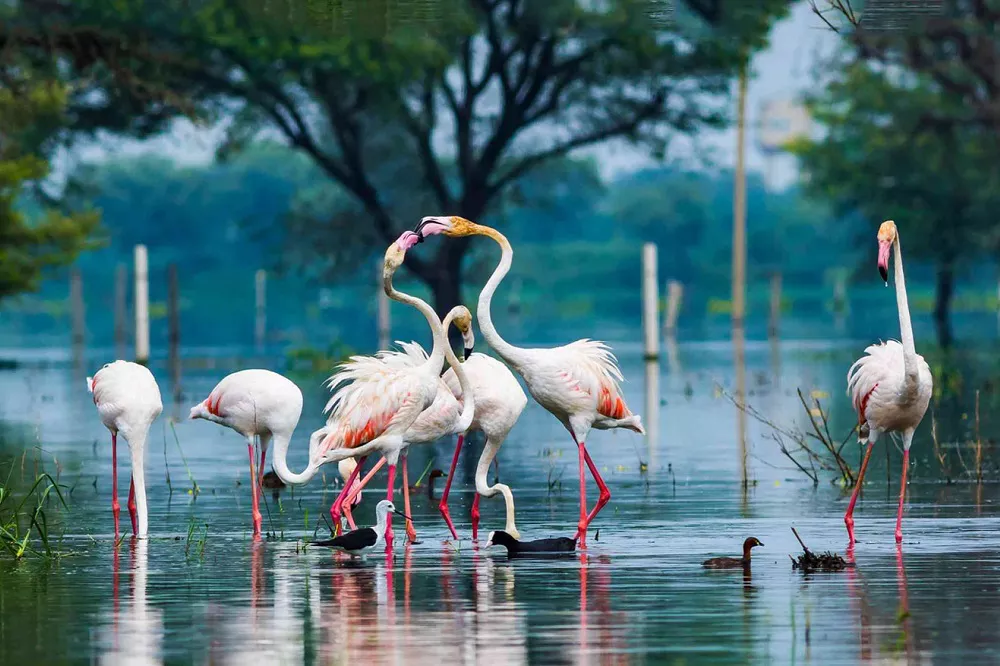
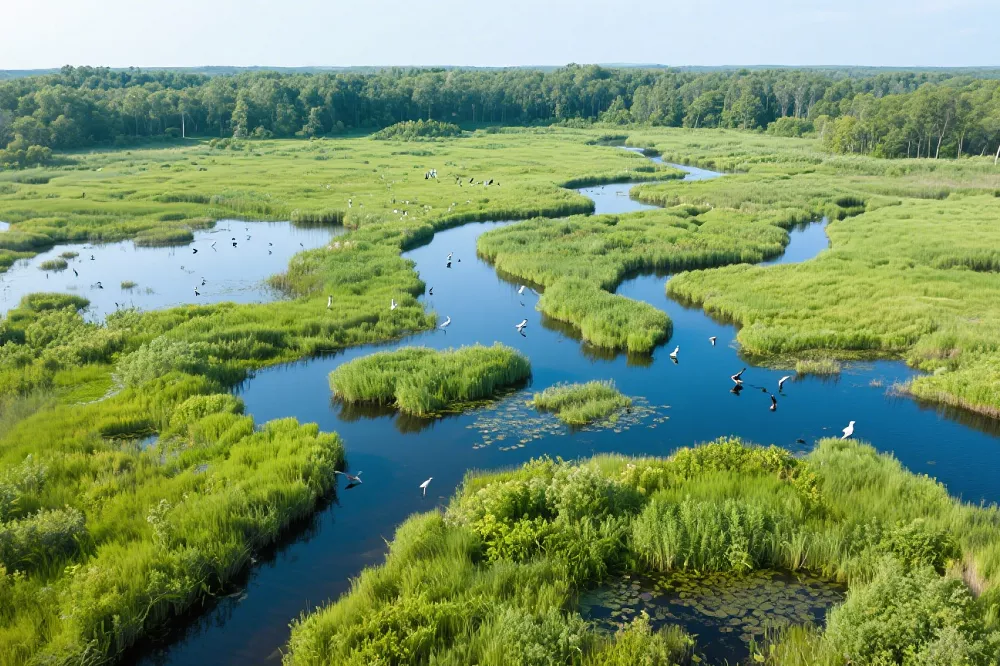
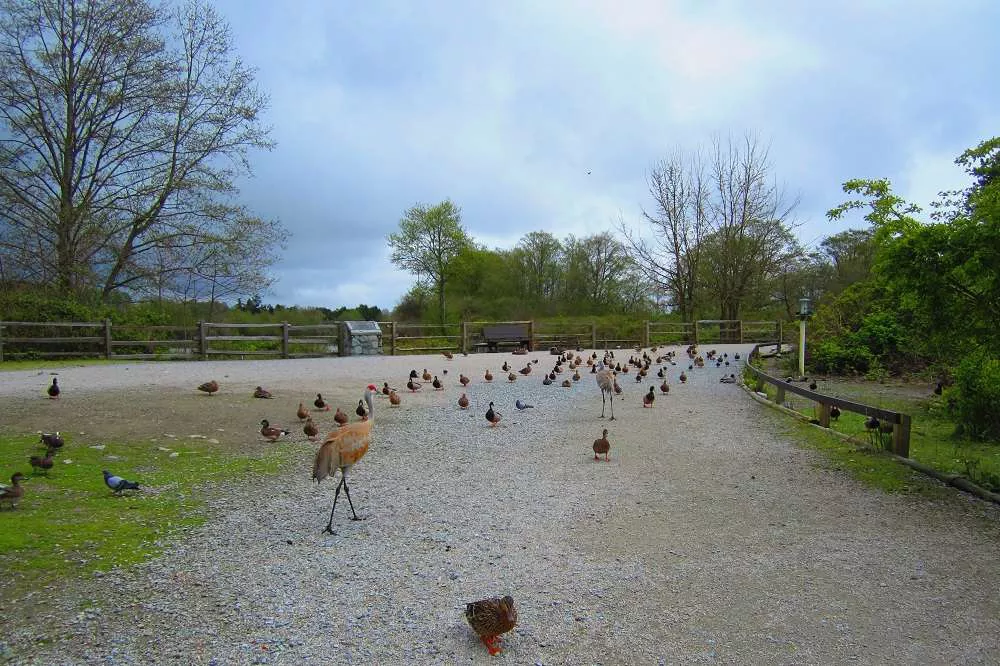
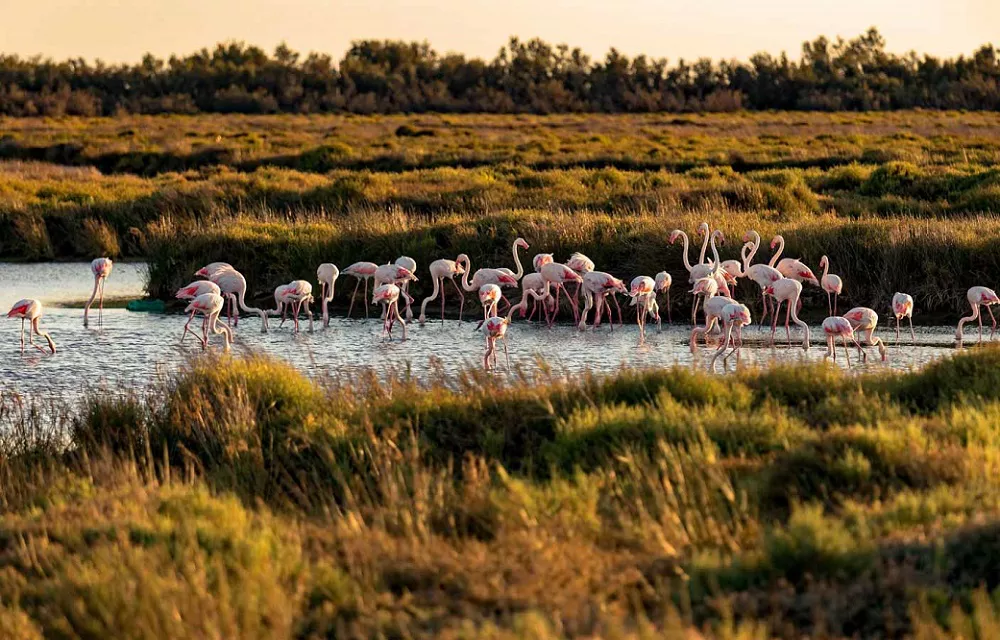
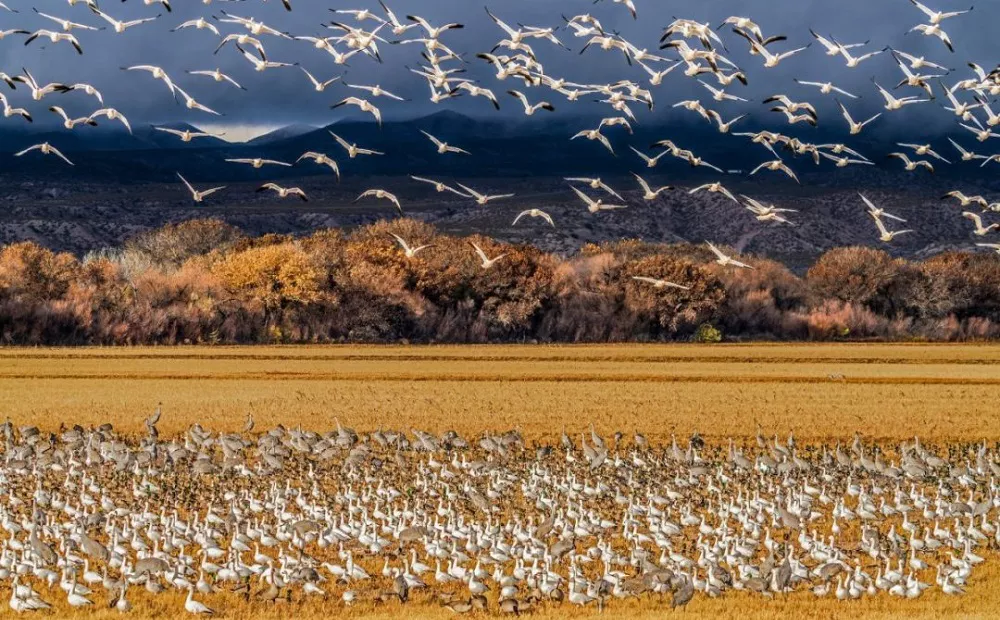
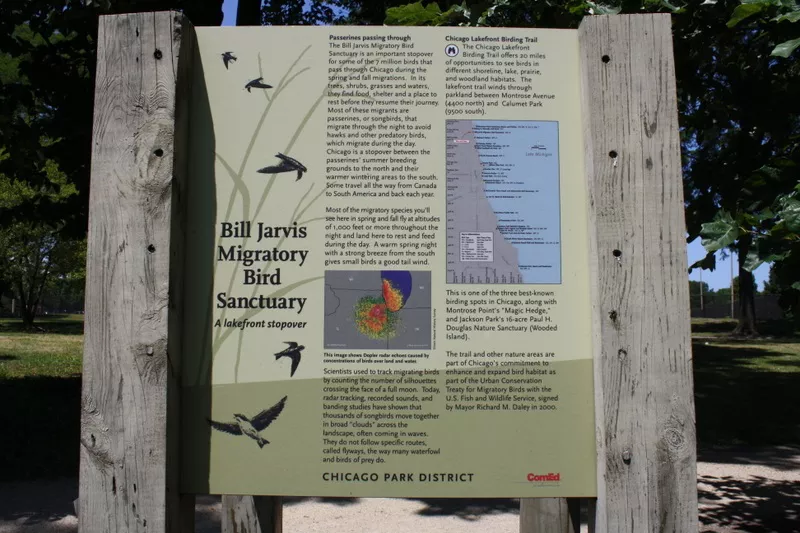
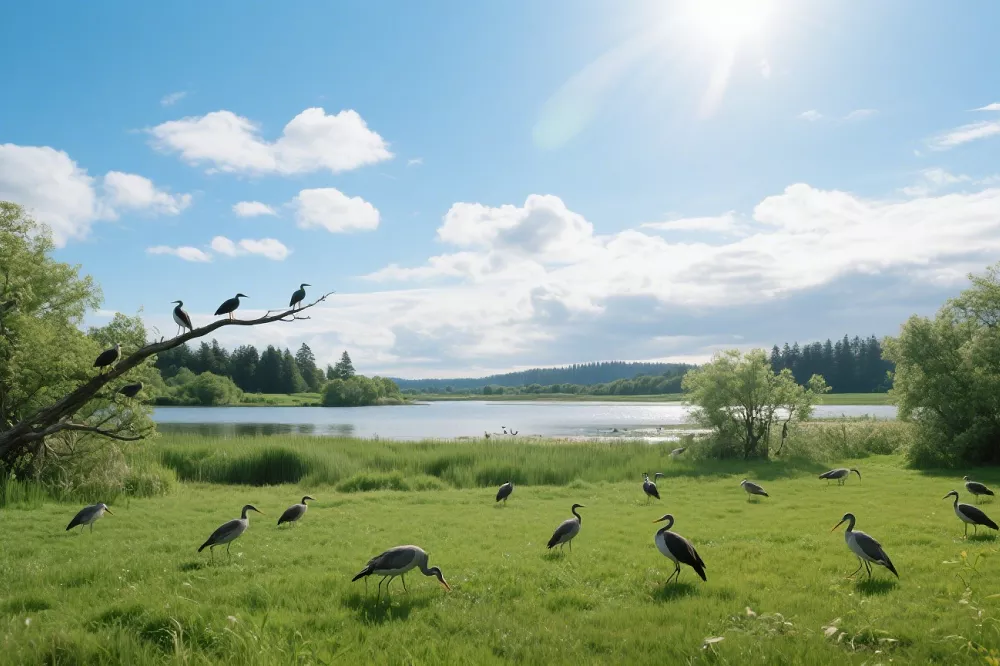
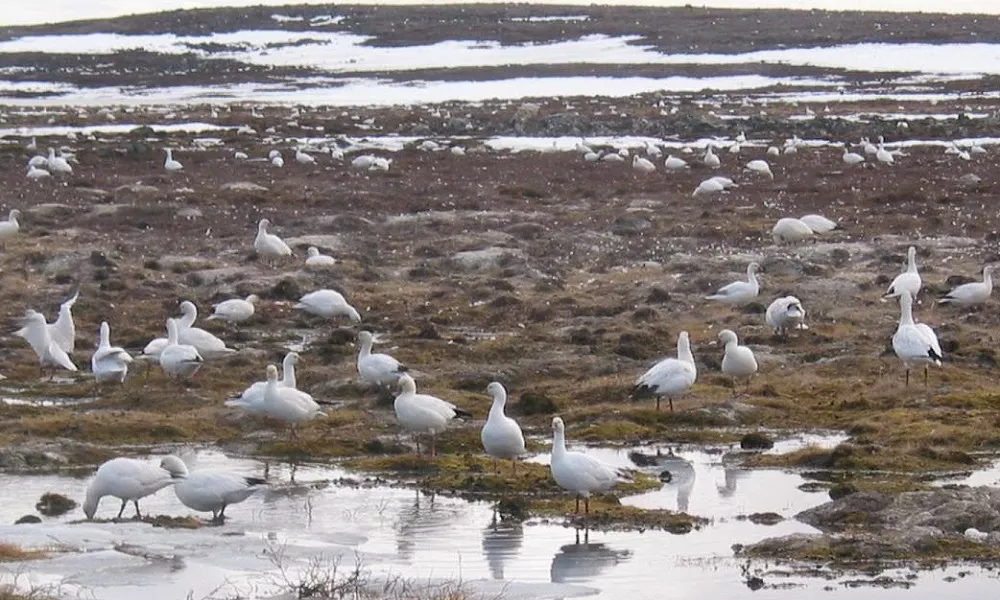
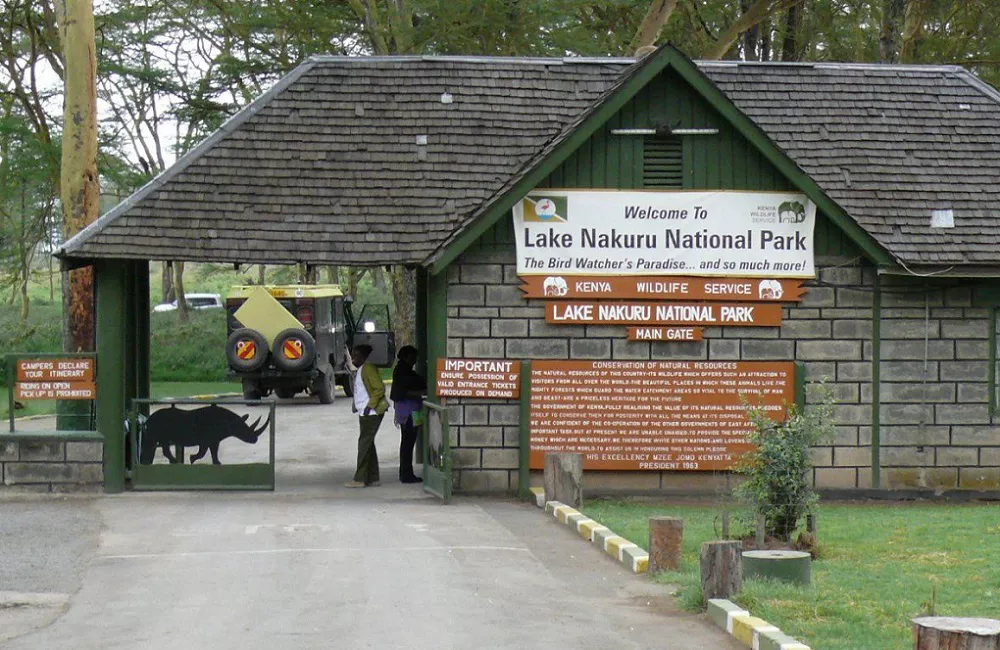
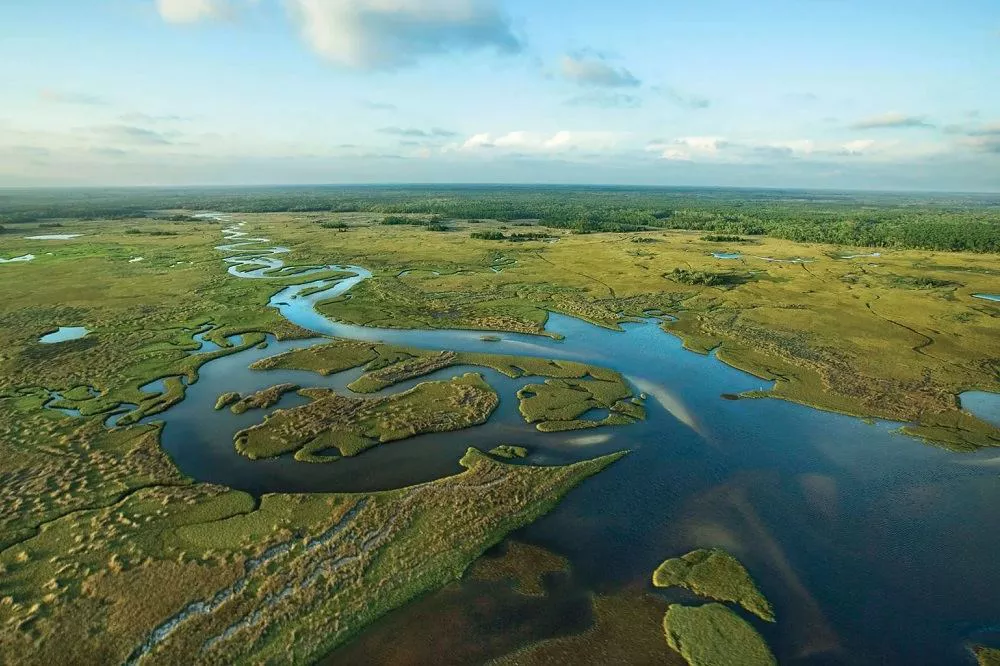
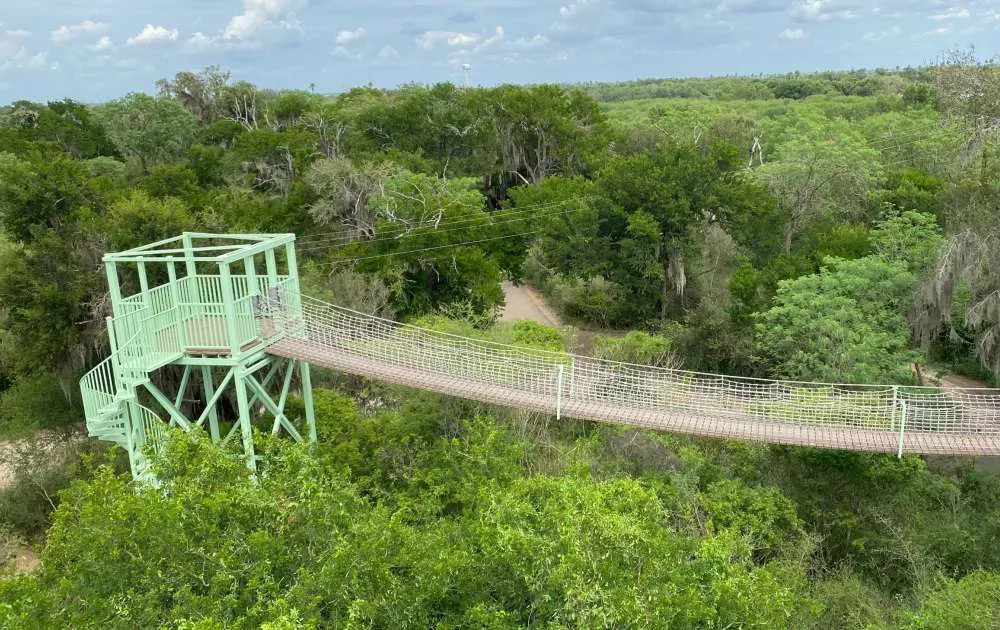
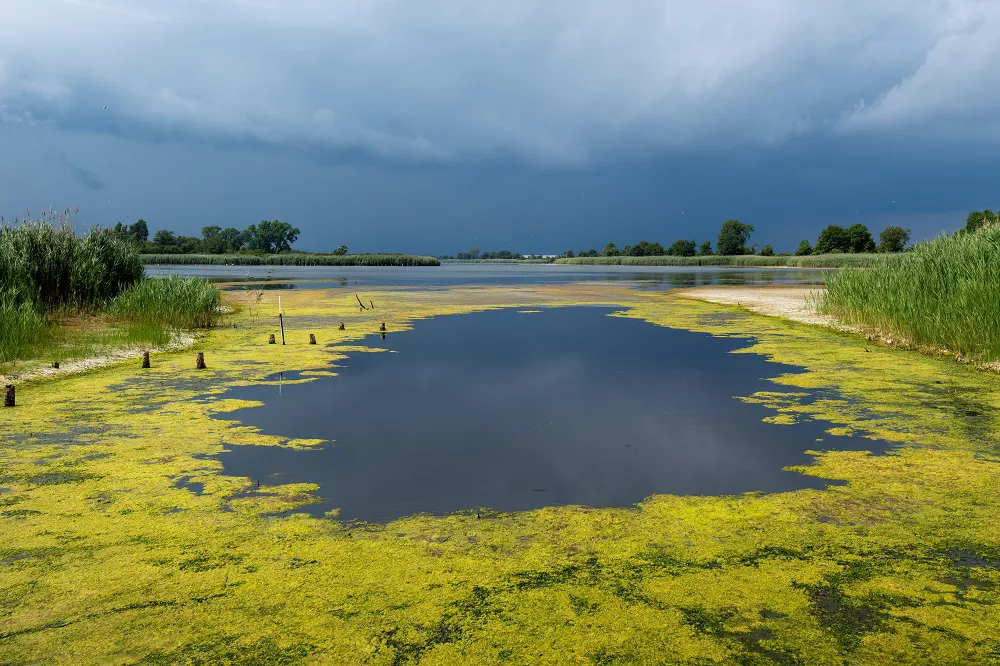
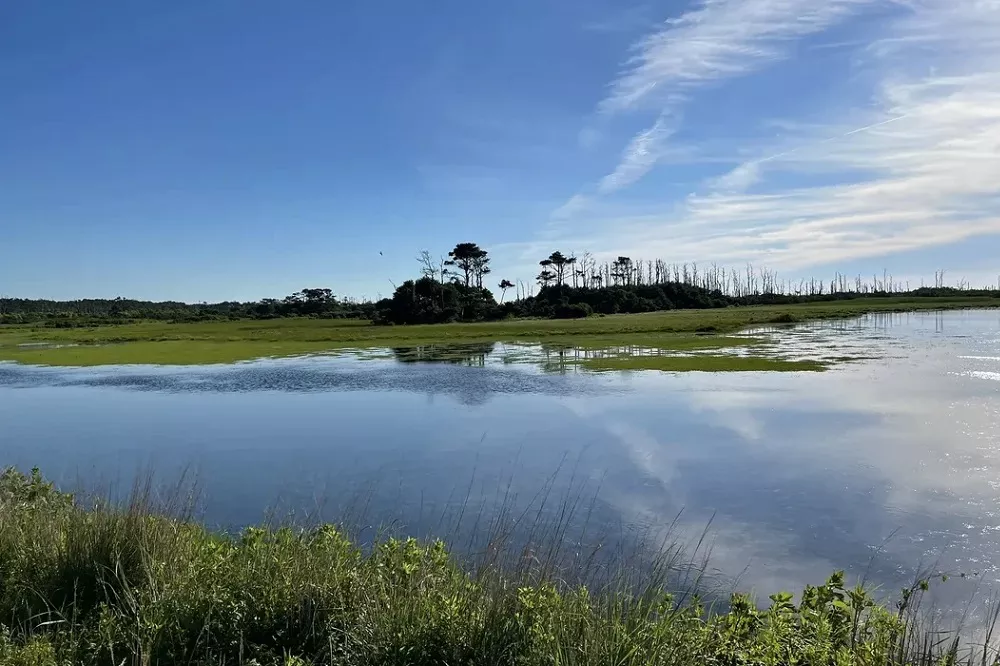
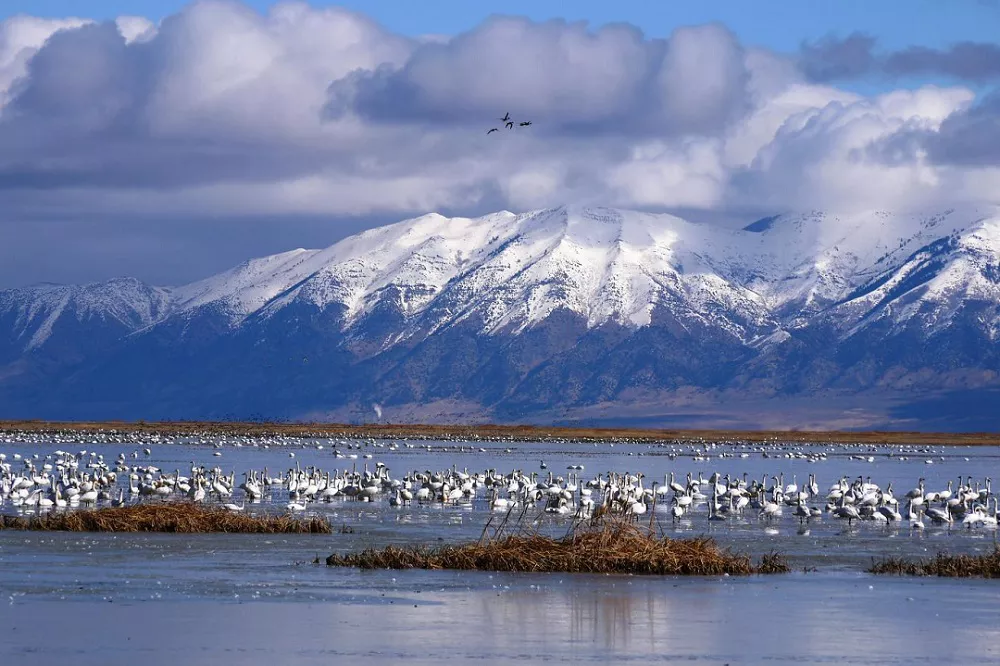
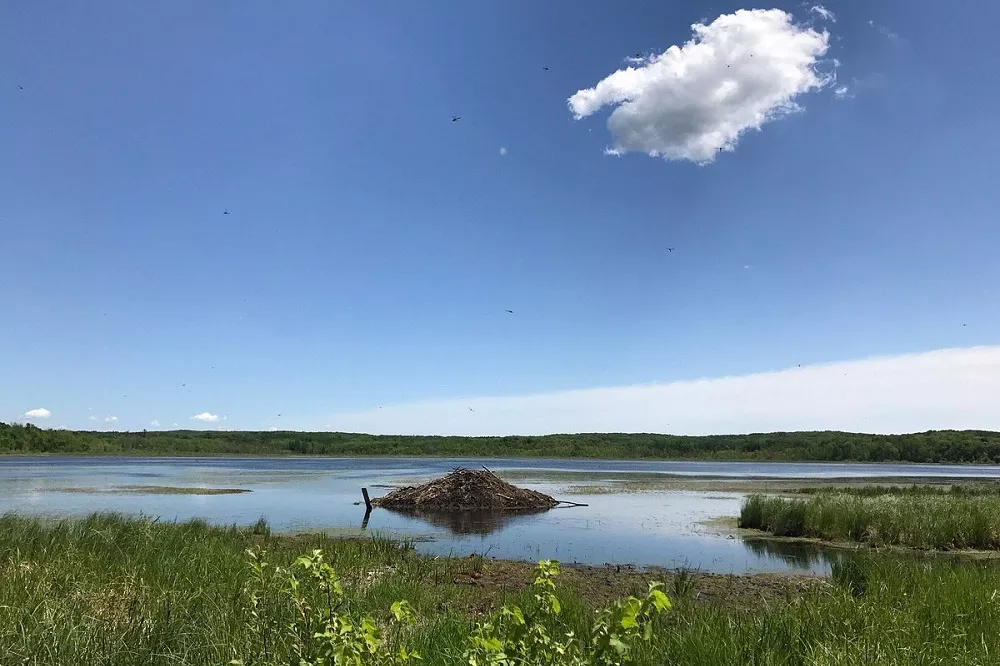
 Facebook
Facebook  Instagram
Instagram  Youtube
Youtube 